While its glamorous rivals captured the public’s attention, the Benelli firm has a sterling history of race successes dating back to the 1920s, and a family of rider/manufacturer/racers who catapulted the little factory to the top echelons of racing. Now known more for its bicycles (due to on again/off again production of motorcycles in recent years), there was a time when Benelli was synonymous with racing and World Championships, and that special Italian devotion to supercharged multi-cylinder racing exotica immediately prior to WW2.
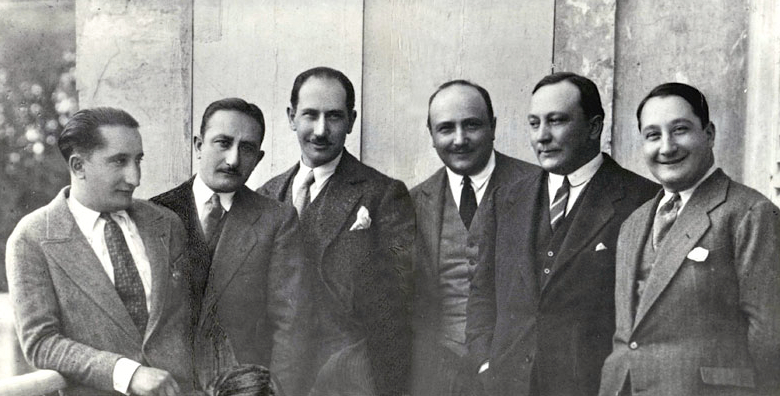
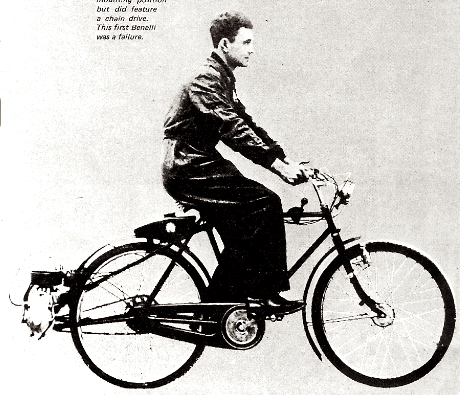
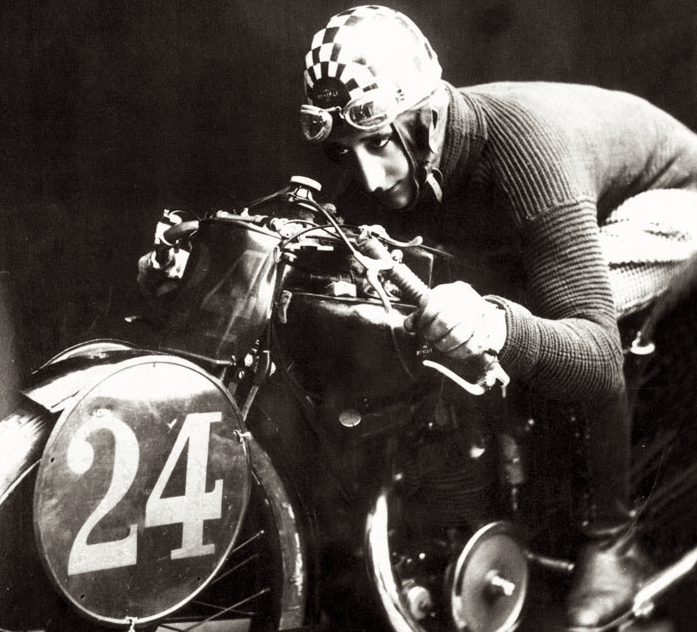
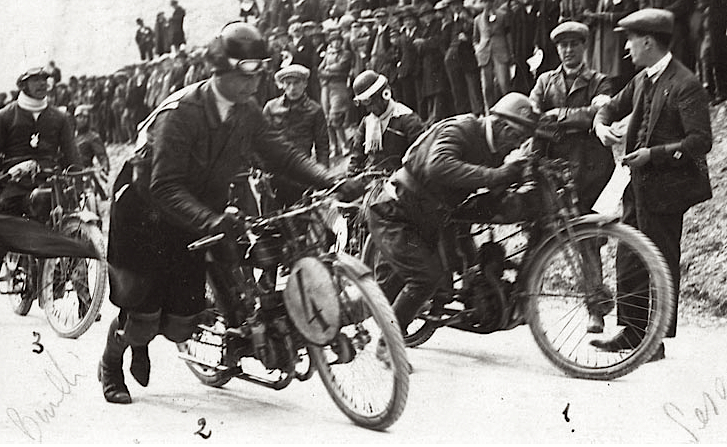
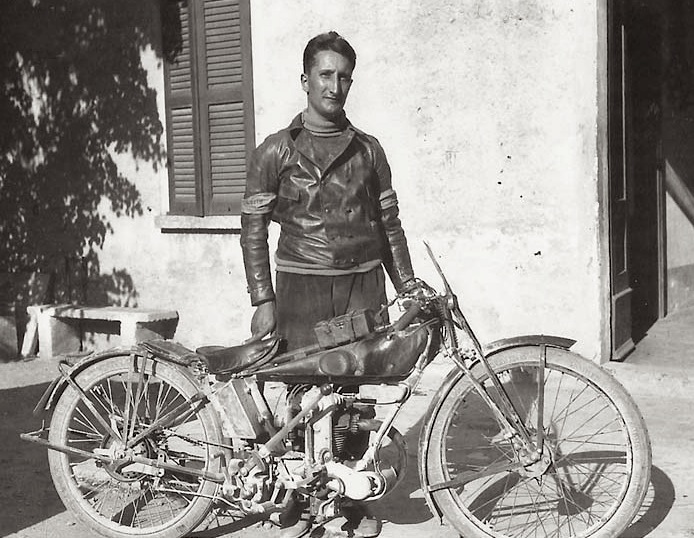
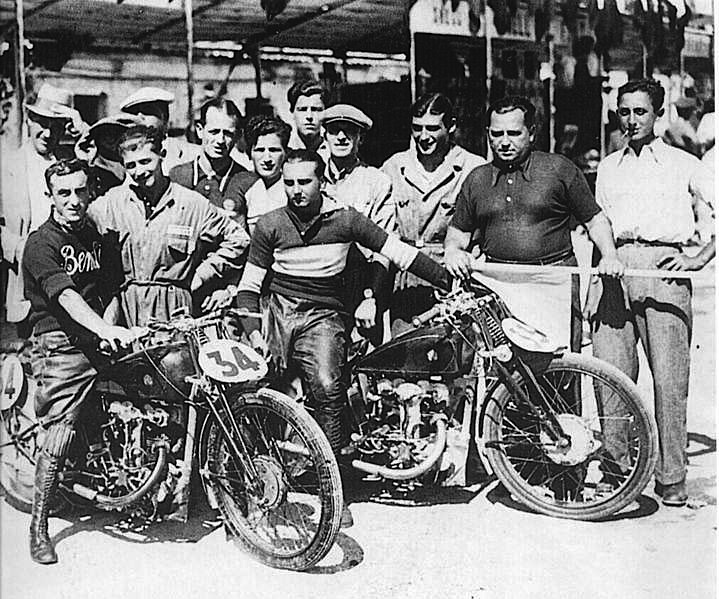
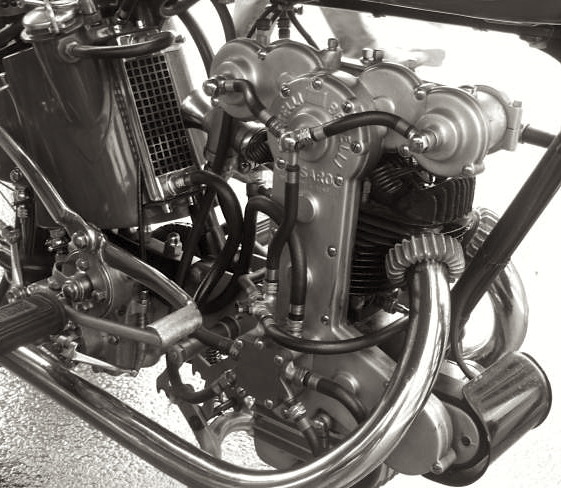
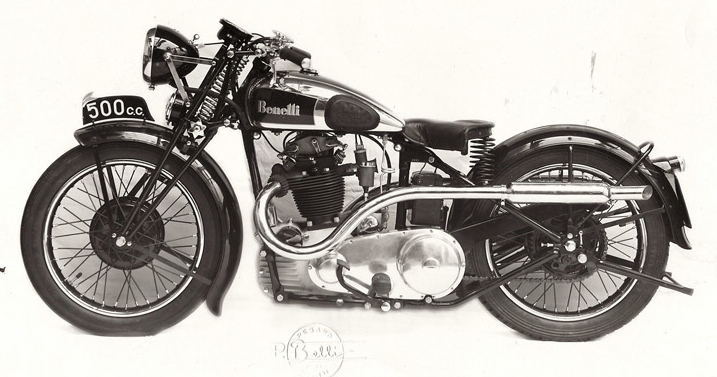
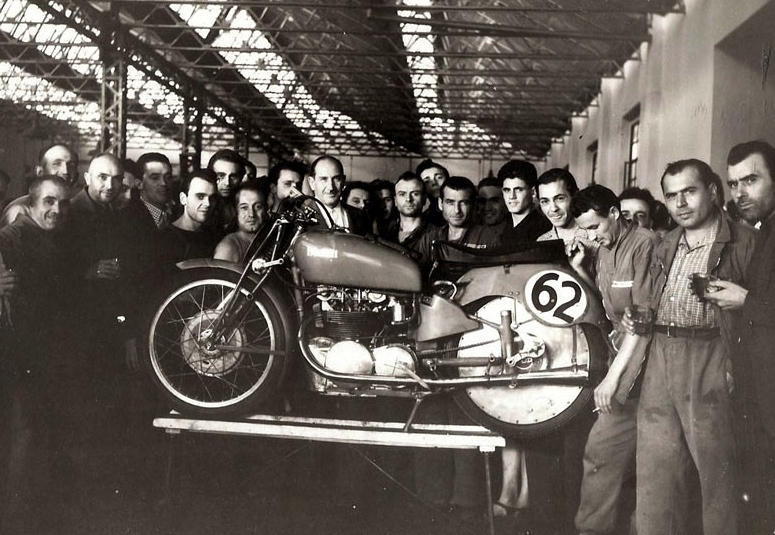
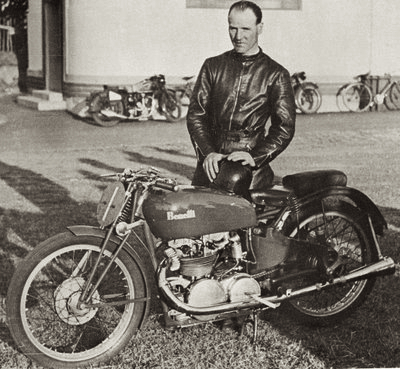
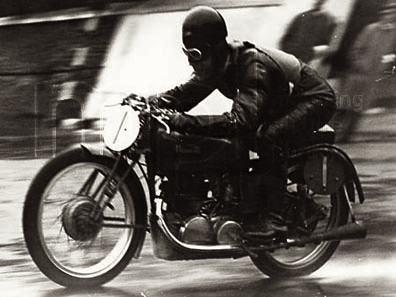
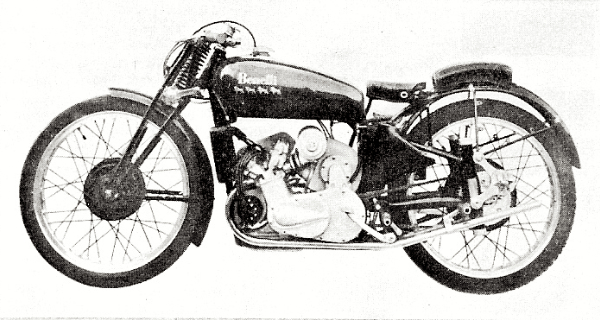
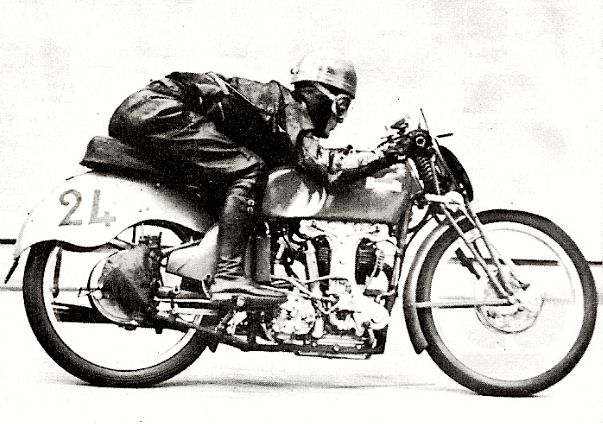
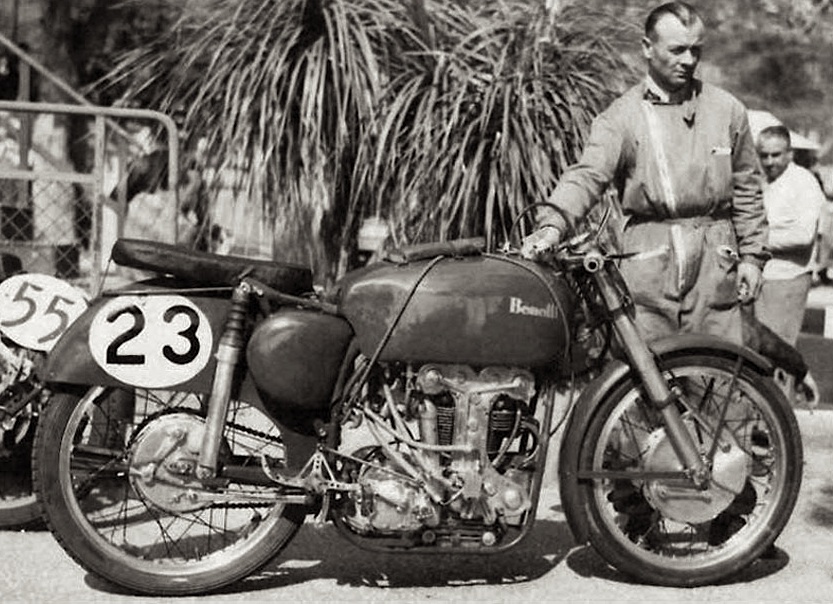
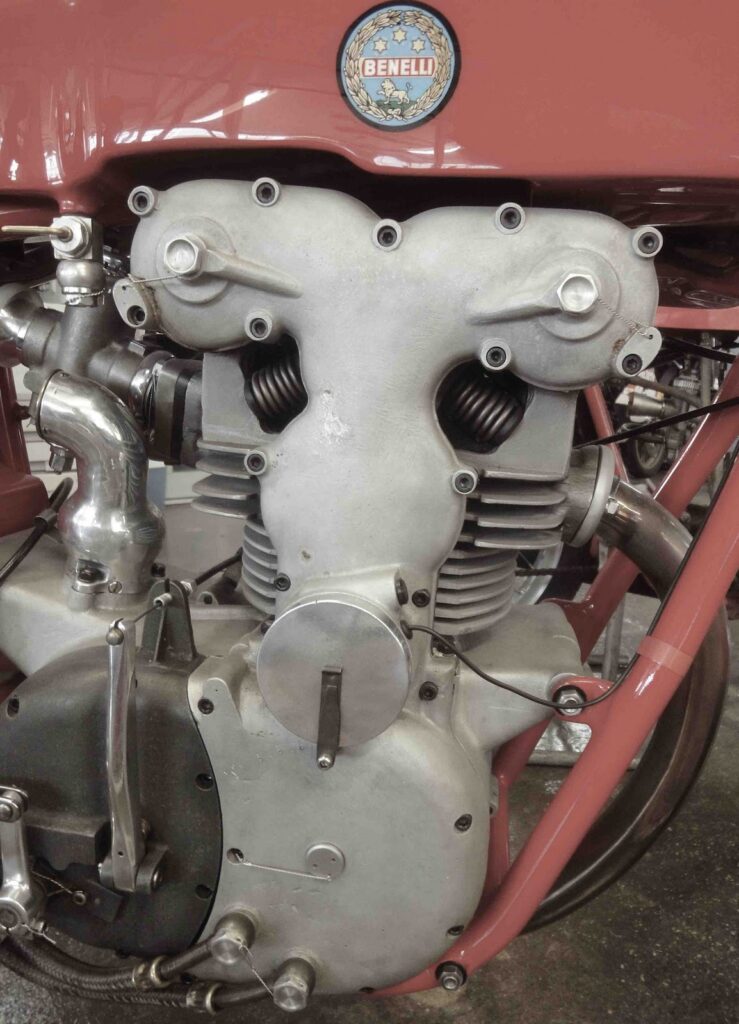
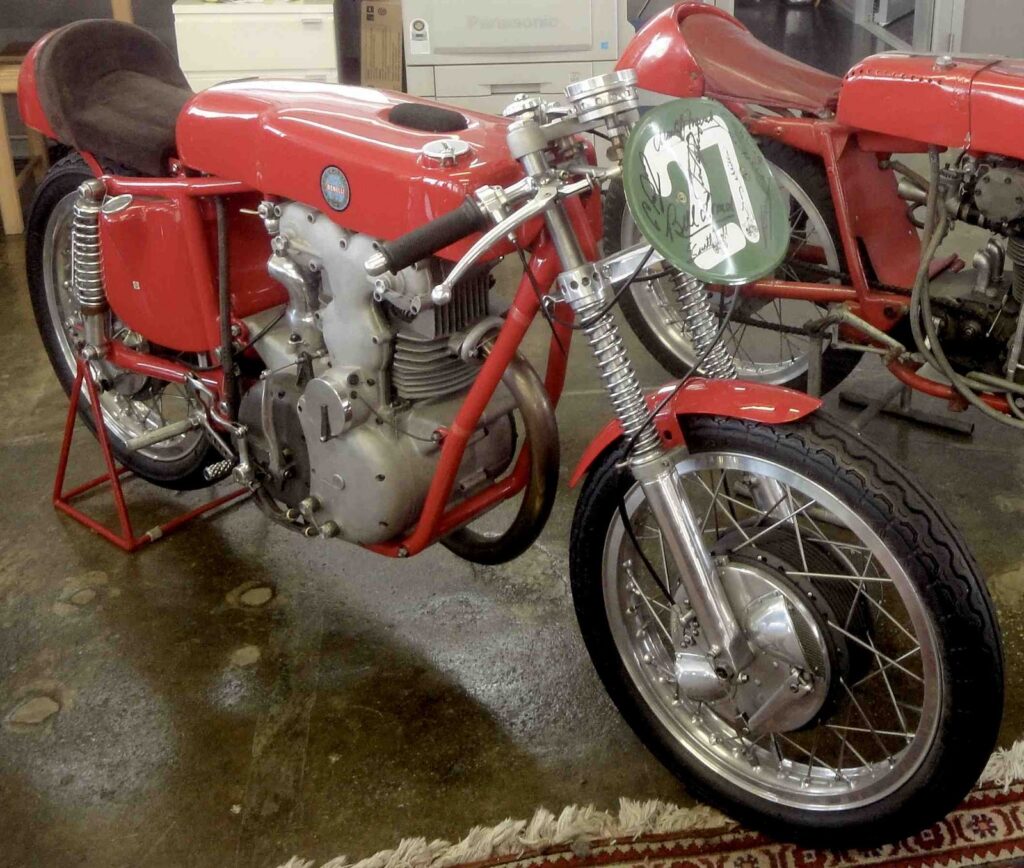
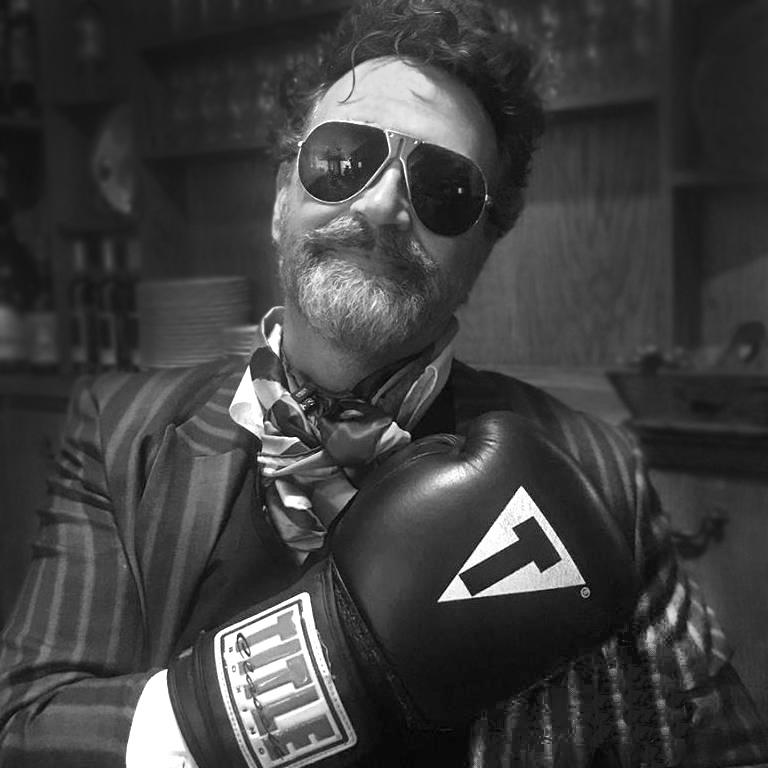
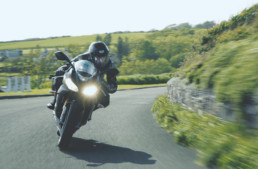
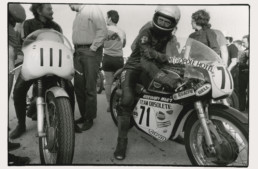
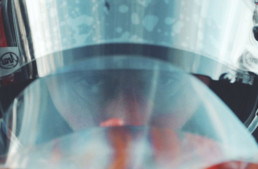
A great story on Benelli’s racing history. Such driven men with seemingly minimal resources. Kudos to their mom for setting up a machine shop for them! I keep saying, related to today’s America, “It’s all about parenting!”
Mark
“It’s all about parenting!”
Actually … having first hand experience in the subject … when it comes to the Italians
IT’S ALL ABOUT THE CULTURE !
Where since ancient days … good enough is NEVER good enough .. in fact … nothing is ever good enough … ever ! So get offfa you lazy culo and get back a to work you little a merda !!!!!!
( suffice it to say until you’re the senior citizen in the room you’re always the little merda )
Trust me .. todays GenX thru GenZers would wilt like a fragile tropical orchid in a parched desert if subjected to the realties of Italian ( and most Italian American ) culture
I must add though … especially when it comes to sports from motor .. to soccer .. to bicycle racing … to alpine and nordic sports … the Italians … sadly … have lost the plot completely over the last 15 years
Same with their manufacturing … 90% of which is now foreign owned and dominated .
e.g. AudiGhini anyone ?
Hmmm … seem to of been blipped
So I’ll sum it up by saying .. when it comes to the Italians
Its all about the culture … not the parenting
Ahhh the/we ( I’s fully 50% ) Italians in motorsport .
Not always the fastest
Seldom the most reliable
But beyond any shadow of a doubt … ALWAYS the most stylish . From the bikes to the clothing .. if it a donna look good .. they donna do it … ever
… and as a side note …. guess who’s ugly mug showed up while flipping thru my Winter issue of Adventure Rider ?
Just kidding of course …. well … exceptin … the outfit leaves a lot to be desired …. I mean seriously PdO … I knows that you knows that I knows .. that you knows better !!! [ kudos to RP ]
😎